Tokyo National Museum
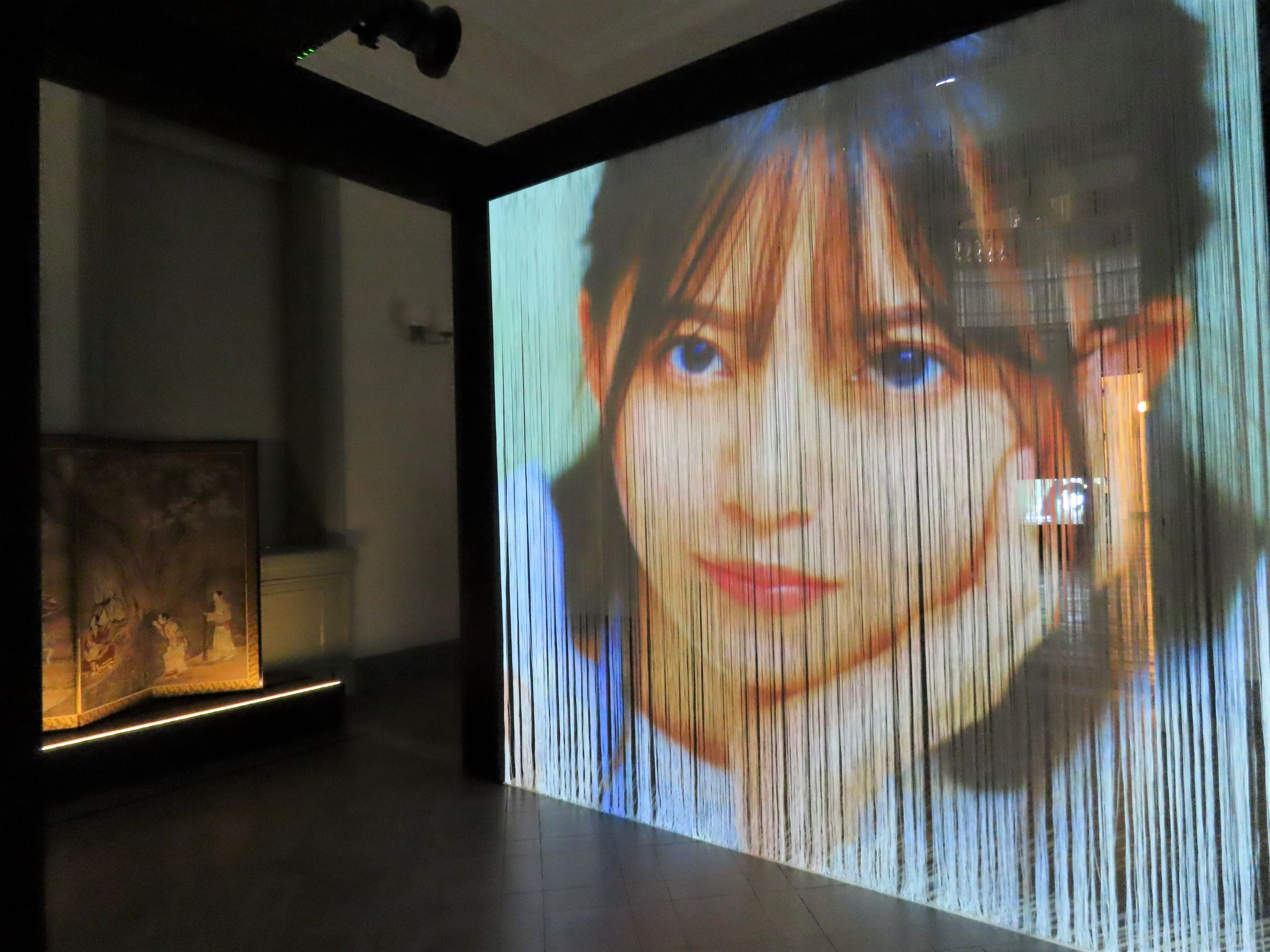
An experimental exhibition will be held at the Tokyo National Museum this fall.
The exhibition, entitled “Four Seasons,” fuses the traditional Japanese sensibilities entrusted to the flowers of the four seasons with the modern pop icon Nogizaka46. How did the seven filmmakers who challenge this exciting theme bring out the essence of Japanese art through Nogizaka46? We will report on the state of the preview held in advance and introduce our efforts.
“Classic x modern” challenged by Nogizaka46
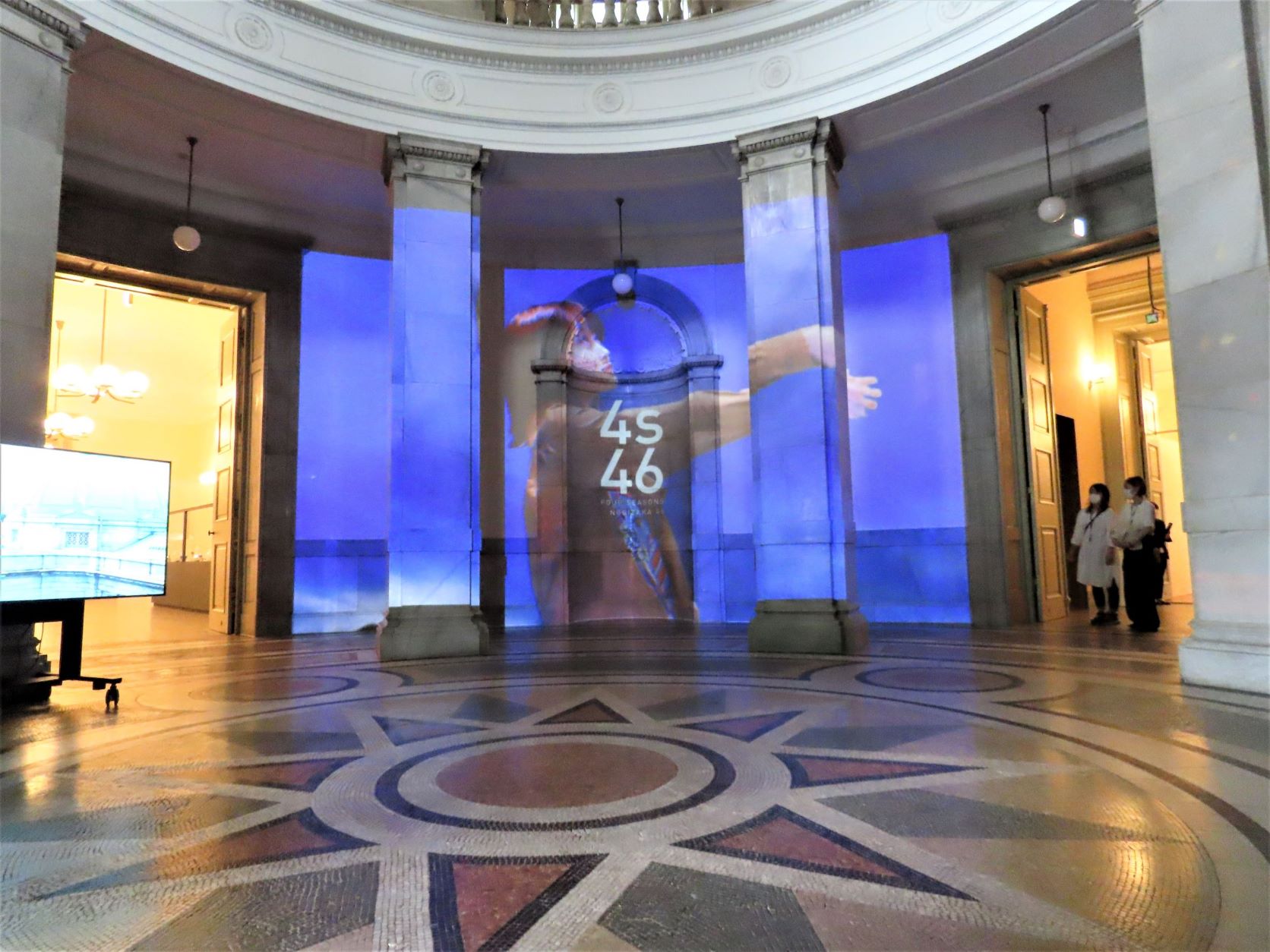
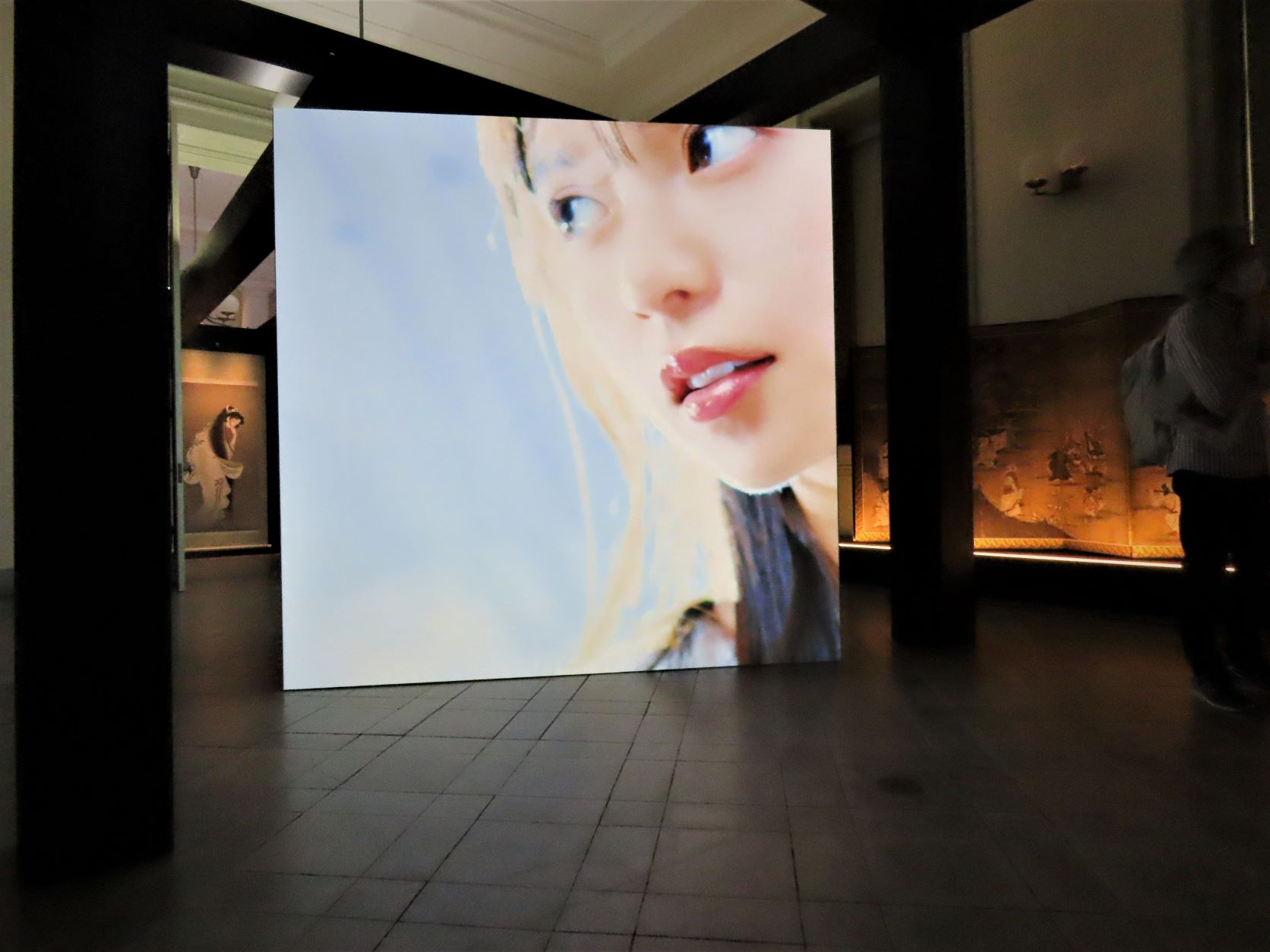
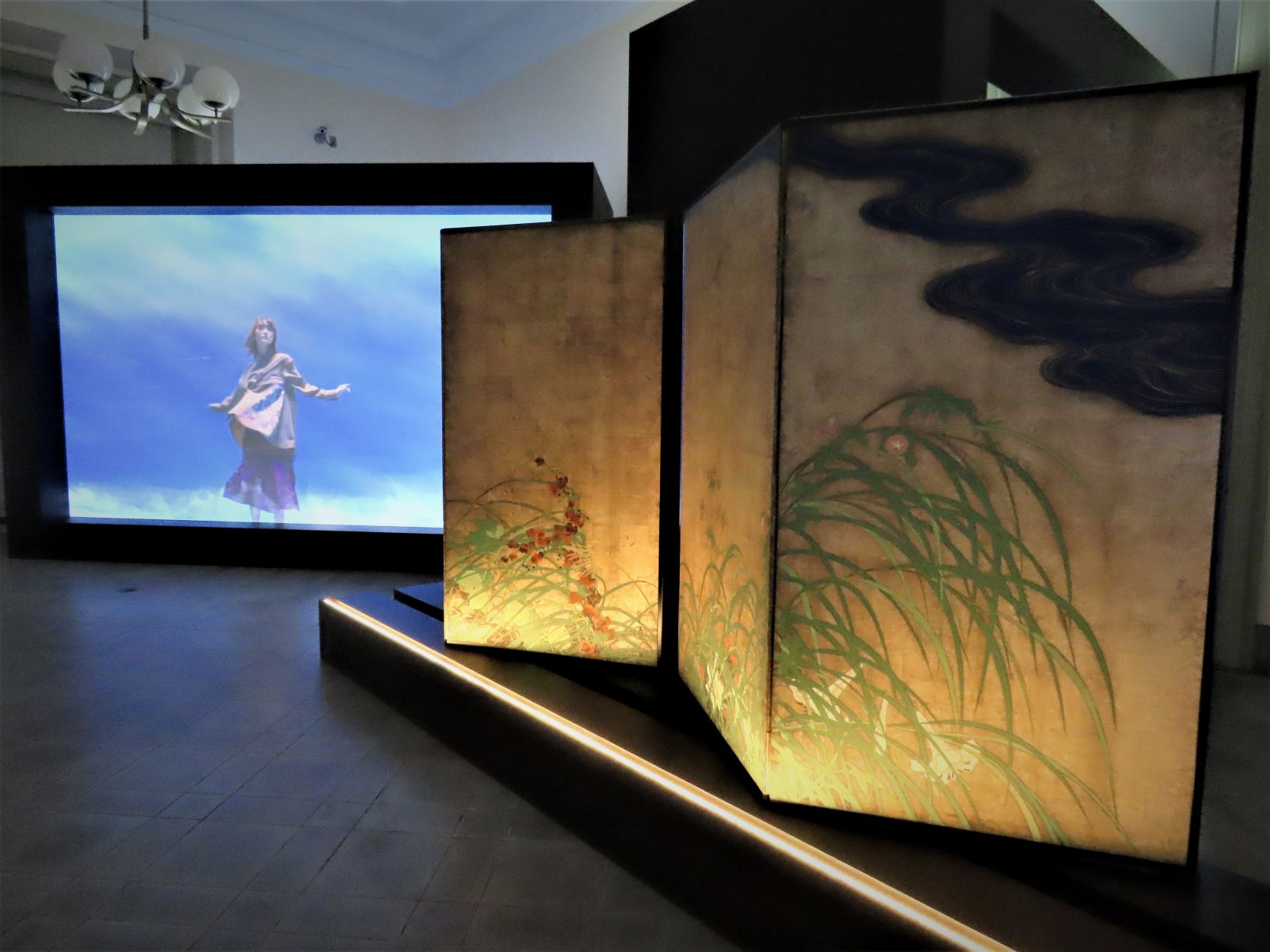
From Saturday, September 4, 2021 to Sunday, November 28, 2021, “Spring, Summer, Autumn and Winter / Four Seasons Nogizaka46” is being held at the Hyokeikan of the Tokyo National Museum.
The core of the theme of this exhibition is “classical x contemporary” of Japanese art.
When it comes to “Japanese art,” I think there are many people who feel that young people are somehow far away. However, the nature, seasons, and seasonal flowers depicted there still exist. I love nature and try to portray it in a way that is familiar to me.
The National Museum thought that Nogizaka46, which has gained tremendous support from a wide range of generations, would be a bridge between such ancient Japanese aesthetics and young people. This is because Nogizaka46 is the one who spreads the calm daily life and the nature around us as a visual starting from “songs” and entrusts hope there.

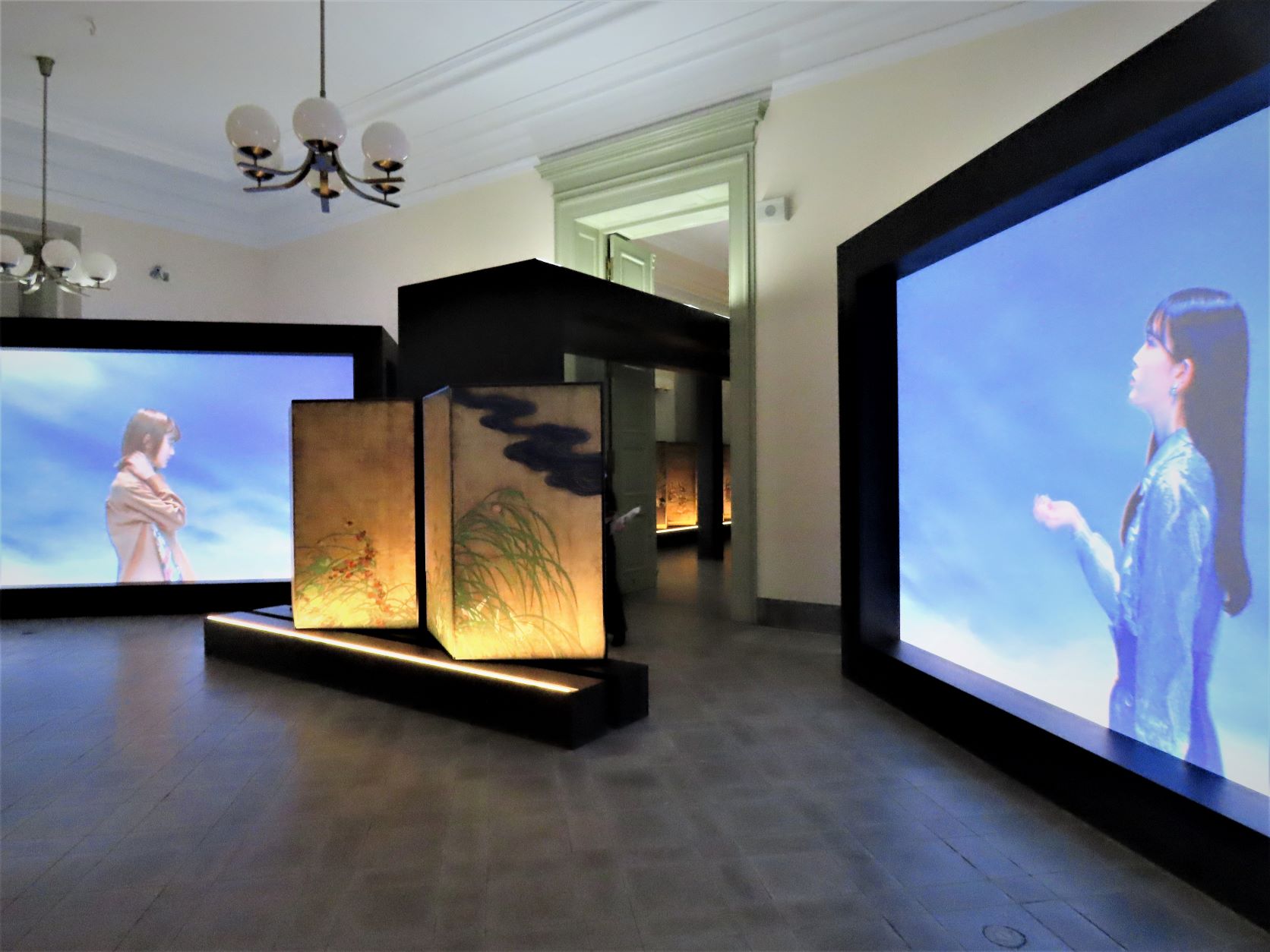
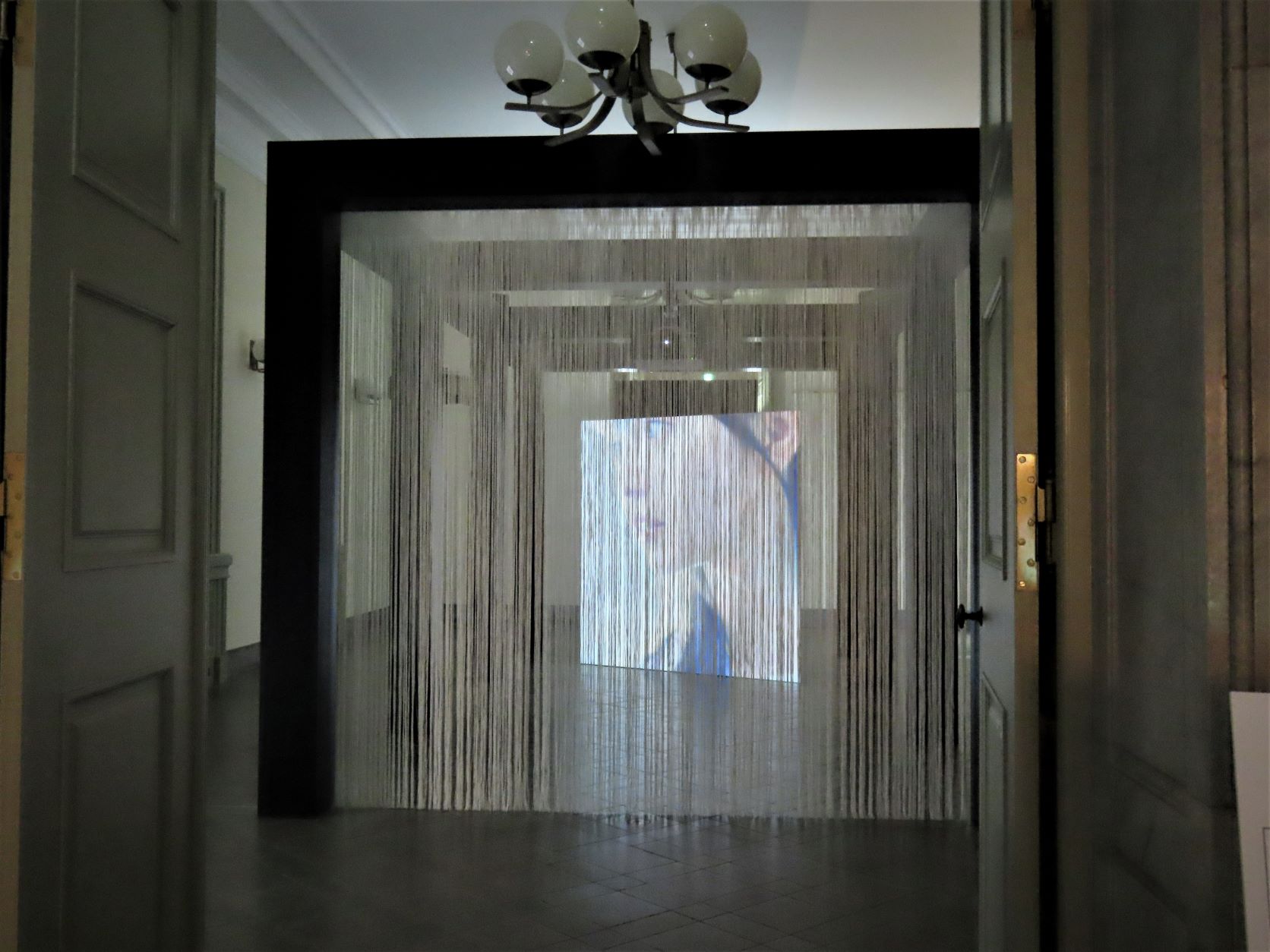
In this exhibition, 7 pieces of Japanese art (reproductions) depicting seasonal flowers will be exhibited. Seven filmmakers independently interpret the work that can be said to be the “essence” of Japanese art, and develop it as a large-scale installation.
For example, the opening “Perspective Expression of Japanese Painting” by Asuka Saito is a work based on Naganobu Kano’s “Hanashita Yuraku Folding Screen” , but it is taken up here and reinterpreted in the same painting. It is a perspective that can be seen.
The mechanism of “Hanashita Yuraku Folding Screen”, which creates the experience of watching the spring feast held outdoors through the curtain, is reproduced by projecting the image in layers through the slit curtain. It is a work positioned as “a reinterpretation of the classics” by the filmmaker Takuro Okubo. In this way, what is shown in the exhibited works is a little rule code necessary to understand Japanese art.
A flower named “everyday” expressed by Nogizaka46

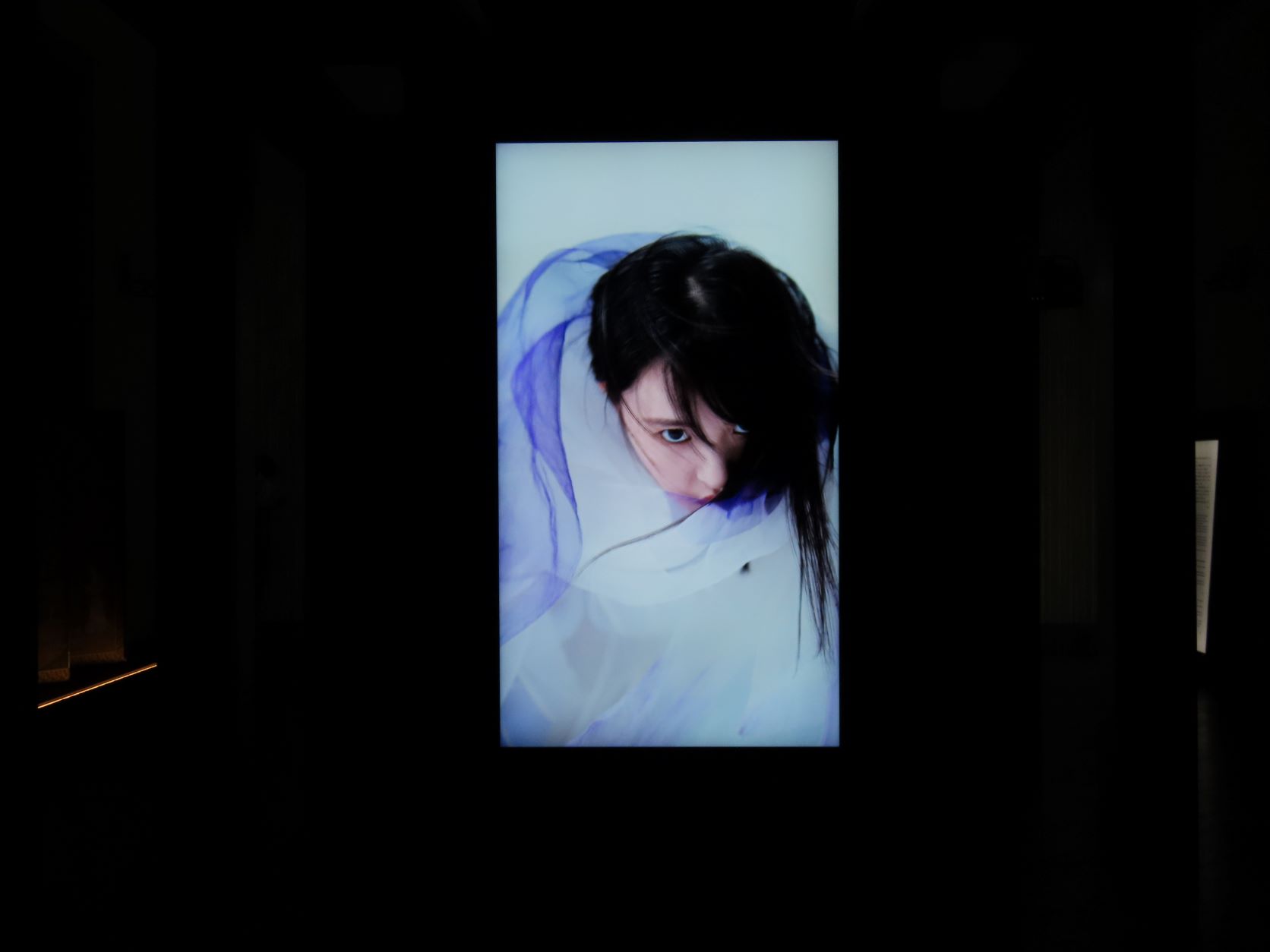

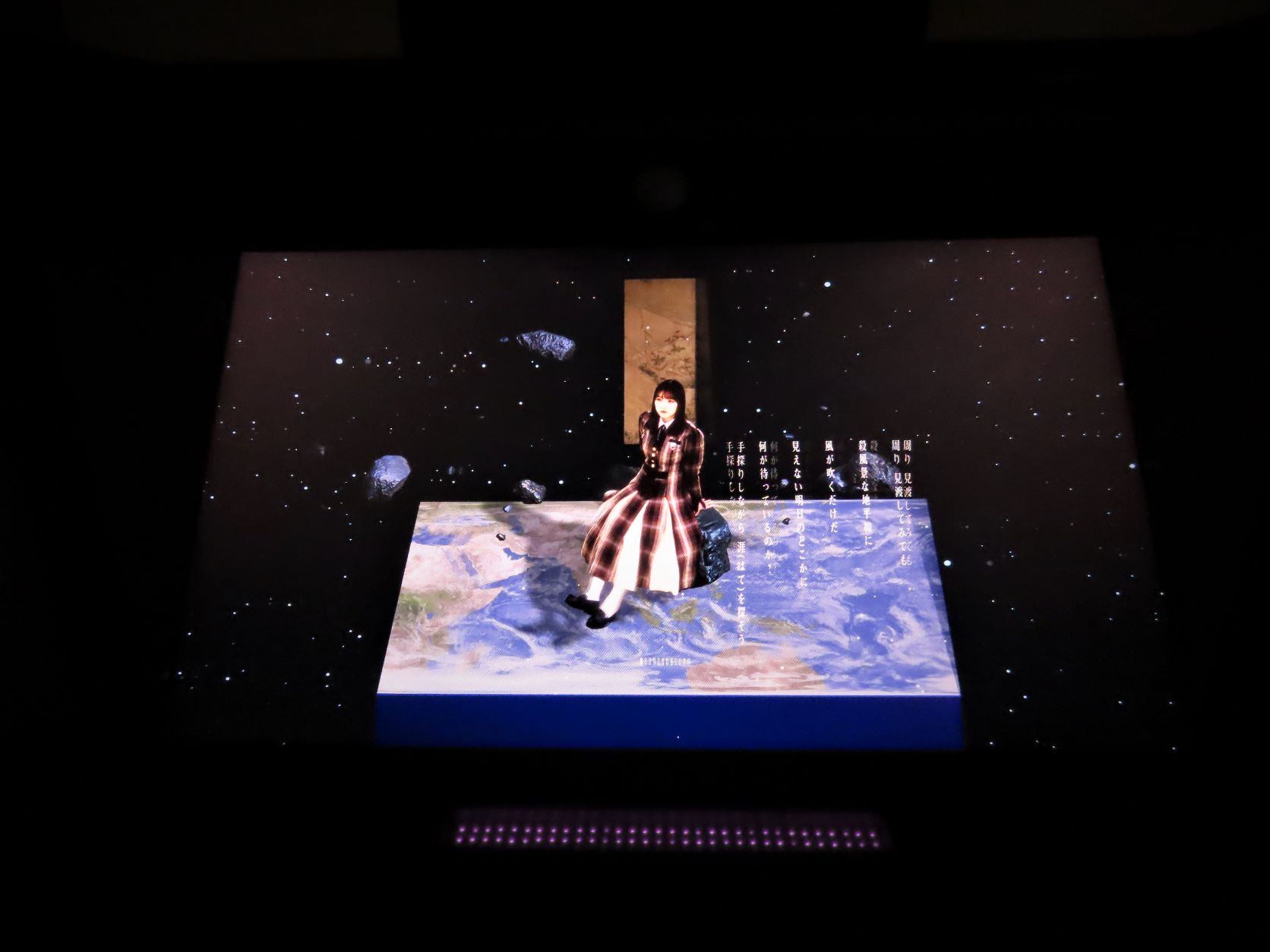
However, the girls in Nogizaka are more than just a reflection of the creator’s intentions. When I actually appreciate the work, there are moments when it seems that their existence has a truth that goes beyond the expectations of the writers. It may be possible to realize it because it is an installation format.
Personally, I was impressed by Sakura Endo in “Mysterious Beauty” (written by Kazuma Ikeda). I’m not familiar with Nogizaka46, so I was honestly surprised if there was an idol who could create such a bewitching atmosphere. This is a work with the motif of “Flame”, which depicts the spirit of Lady Rokujo by Uemura Shoen, but the costumes and hair movements that occur every moment due to her butoh are truly youkai.
In addition, the lyrical nature of Haruka Kaki in “Hidden Landscape” is also wonderful, and one of the charms of this exhibition is that each Nogizaka member can fully enjoy the charm that is different from usual.
The exhibition will end on November 28, 2021 (Sun).
The moment when traditional Japanese art connects with us living in the present through a filter called Nogizaka46. It’s very exciting.
By all means, I would like to recommend that you actually experience it at the venue.
Outline of the event
| Session | September 4, 2021 (Sat) -November 28, 2021 (Sun) |
| venue | Tokyo National Museum Hyokeikan |
| Opening hours | 9: 30-17: 00 Friday and Saturday from 9:30 to 20:00 (Admission is 60 minutes before closing) |
| closing day | Monday (however, open on Monday, September 20th), Tuesday, September 21st |
| Admission fee | General / university students 1,800 yen High school students 1,000 yen Junior high school students and younger, persons with disabilities and one caregiver are free of charge. * To alleviate congestion, this exhibition requires advance reservations (reserved-seat tickets). All customers are required to reserve a reserved-seat ticket for admission. Please check the official exhibition website for details. |
| Organizer | Tokyo National Museum, Cultural Properties Utilization Center, Sony Music Entertainment, Agency for Cultural Affairs, Japan Arts Council |
| Exhibition official website | https://nogizaka-fourseasons.jp |
Article provided by: Kokoshiru Ueno

